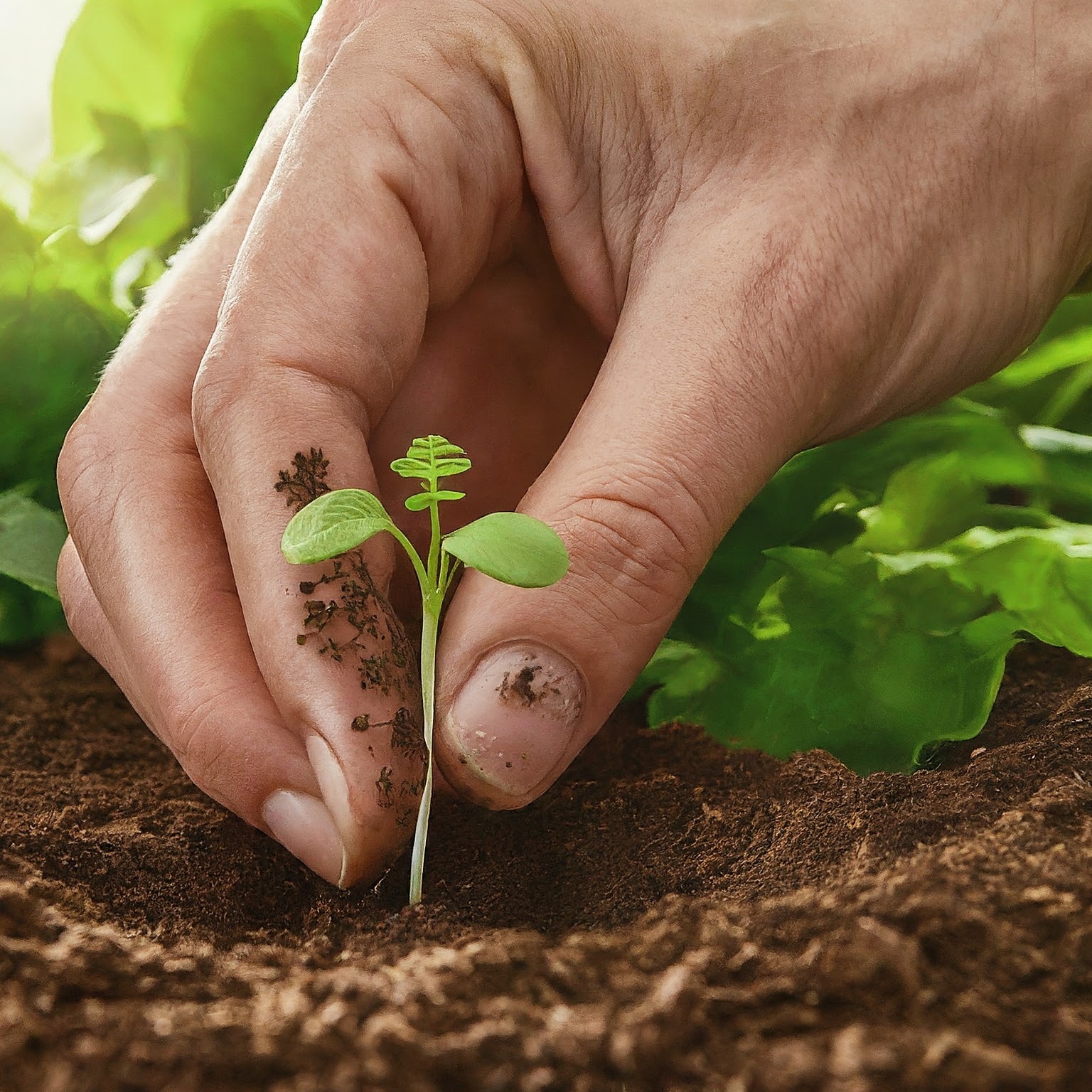
Are you looking to grow your vegetables at home but don’t know where to start? Look no further than this Zone 6 Vegetable Planting Schedule! With careful planning and attention to detail, you can have a bountiful harvest of fresh, healthy vegetables right in your backyard. This guide will provide you with all the information you need to get started, from choosing the right plants to planting and caring for them throughout the growing season.
This post may have affiliate links. This means that sometimes when you click a link on our site and make a purchase on Amazon, we may earn a small commission at no additional cost to you. We only recommend products we truly believe in, and your support helps keep us running!
Understanding Zone 6 and Its Challenges
Zone 6 is characterized by its moderate climate, with cold winters and warm summers. It is essential to understand the specific challenges and nuances of gardening in this zone to optimize your vegetable planting schedule. Some key factors to consider include frost dates, temperature fluctuations, and the length of the growing season.
The Zone 6 Vegetable Planting Schedule: A Timely Guide
| Vegetable | Indoor Sow Date | Transplant Date | Direct Sow Date | Harvest |
|---|---|---|---|---|
| Asparagus | February – May | N/A | N/A | First year after planting, asparagus can be harvested for about seven days |
| Beans | April – June | May – July | May – August | 50-60 days after planting |
| Beets | March – July | April – August | March – August | First-year after planting, asparagus can be harvested for about seven days |
| Broccoli | March – May | April – June | May – June | 50-70 days after planting |
| Carrots | March – July | April – August | March – August | 70-80 days after planting |
| Corn | April – June | May – July | May – July | 70-90 days after planting |
| Cucumbers | April – June | May – July | May – July | 50-60 days after planting |
| Lettuce | March – July | April – August | March – August | As soon as leaves are big enough |
| Onions | January – March | April – May | March – May | |
| Peppers | February – April | May – June | May – July | 60-80 days after planting |
| Potatoes | March – May | April – June | N/A | |
| Spinach | March – July | April – August | March – August | As soon as leaves are big enough |
| Tomatoes | March – April | May – June | May – June | 60-80 days after planting |
| Zucchini | April – June | May – July | May – July | 45-55 days after planting |
Zone 6 Vegetable Monthly Planting Schedule
Early Spring (March – April)
- Start seeds indoors for cool-season crops such as lettuce, spinach, broccoli, and cauliflower.
- Transplant cold-hardy seedlings outdoors when the soil can be worked and temperatures consistently stay above freezing.
- Directly sow seeds of radishes, peas, and carrots in well-drained soil.
Late Spring (May – June)
- Transplant warm-season crops like tomatoes, peppers, and eggplants after the last frost date has passed and the soil has warmed.
- Sow seeds of beans, corn, cucumbers, and squash directly into the ground.
- Begin successive plantings of fast-growing crops like lettuce and radishes for a continuous harvest throughout the season.
Summer (July – August)
- Monitor soil moisture levels regularly and provide adequate irrigation, especially during prolonged dry spells.
- Harvest mature crops promptly to encourage new growth and prevent bolting.
- Consider interplanting with heat-tolerant crops like okra, sweet potatoes, and melons.
Fall (September – October)
- Start planning for a fall garden by sowing seeds of cold-hardy vegetables such as kale, Brussels sprouts, and carrots.
- Extend the growing season by utilizing row covers or cold frames to protect crops from early frosts.
- Harvest remaining warm-season crops before the first frost, and preserve or store them for later use.
Tips for Success in Zone 6 Vegetable Gardening
Achieving a thriving vegetable garden in Zone 6 goes beyond following a planting schedule. Here are some additional tips to enhance your gardening experience:
Soil Preparation
- Conduct a soil test to determine its pH level and nutrient content.
- Amend the soil with organic matter, such as compost or well-rotted manure, to improve its structure and fertility.
- Consider mulching around plants to conserve moisture, suppress weeds, and regulate soil temperature.
Crop Rotation
- Practice crop rotation each year to minimize the risk of diseases and pests.
- Avoid planting the same vegetable family in the same spot for consecutive years.
- Rotate between legumes, root vegetables, leafy greens, and fruiting crops to maintain soil health.
Pest and Disease Management
- Monitor your plants regularly for signs of pests or diseases.
- Implement integrated pest management techniques, such as handpicking pests, using organic insecticides, or introducing beneficial insects.
- Maintain proper spacing between plants to improve air circulation and reduce the risk of fungal diseases.
With this Zone 6 Vegetable Planting Schedule and implementing the tips provided, you can embark on a successful journey towards a thriving vegetable garden. Ensure to adapt the schedule based on your specific microclimate and the unique needs of the vegetables you choose to grow. With dedication, patience, and a little bit of planning, you’ll be rewarded with a homegrown bounty that will satisfy your taste buds and fill your kitchen with the flavors of nature’s goodness. Start today and experience the joy of growing your own vegetables in Zone 6.
